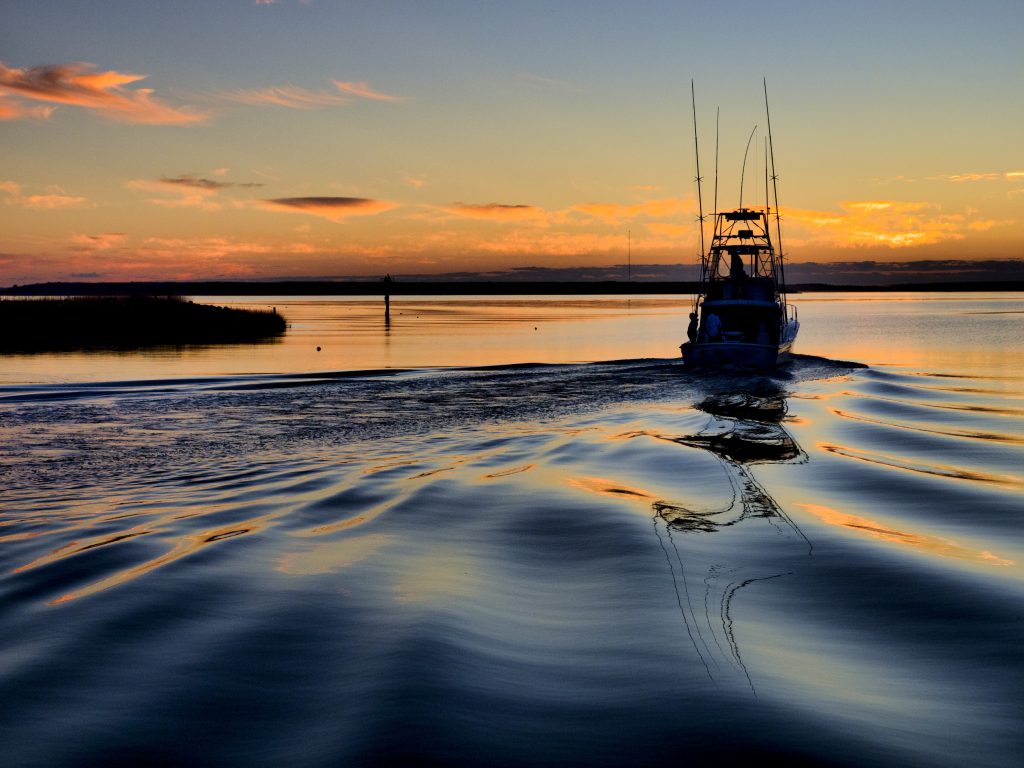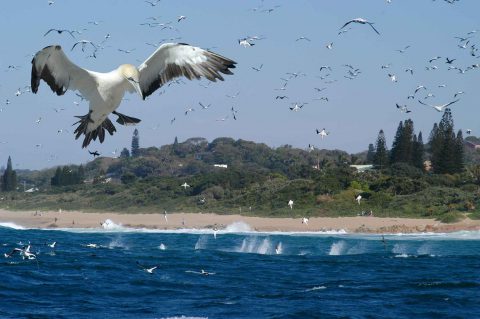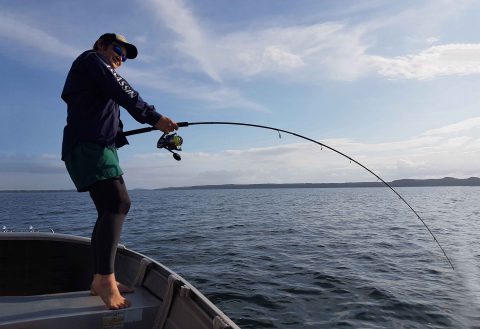Rock Surf & Deep
The Measure Of A Successful Fisherman
The measure of a successful fisherman is one who is in tune with their environment and the species they are targeting. This article covers a few rock-and-surf basics when practising catch-and-release or catch-and-keep.
Care when taking fish out of water
When a fish breaches the water’s surface, anglers get excited in anticipation of what they’ve hooked. Getting it out the water and back in again without injuring it (and yourself) in the process can be a stressful experience for both angler and fish. Even in pleasant conditions, things can get tricky landing a big fish. Care must go into handling a fish of any size, edible or non-edible, as best you can. If possible, remove the hook while the fish is still in the water for a safe release.
Remove the hook and measure it
Most often you need to take the fish onto land in order to remove the hook. A wet towel or a laminated sheet should be placed beneath the fish before removing the hook. This will prevent the fish from injuring itself on abrasive surfaces such as sand or rock. A quick measurement can be taken and a tag inserted if you’re tagging and releasing.
Take a good photograph
The best photographs are those of fishermen holding their prize catch, where the fish is alive, showing its natural colours, which are most vibrant when the fish is still well oxygenated. These are taken soon after the fish comes out the water and is held up towards the camera. Be sure to set up the frame of your photo for a good-looking picture. Take into consideration a few basics like the light on your subject, the background of your shot and whether your frame is parallel to the horizon in the background.
The correct way to measure your catch
For all edible fish, like shad, measure from the tip of the mouth to the fork in the tail. This is the most commonly used method.
For all edible species that don’t have a forked tail, such as kob and rockcod, measure the total length.
Non-edibles without cutting teeth like hound sharks and gully sharks are measured from the the tip of the nose to the tip of the tail (total length or TL).
Sharks with cutting teeth are measured to the notch before the tail begins, known as pre-caudal length or PCL.
For all skates and rays, measure the wingspan in a straight line. This is called the disc width or DW. An easy way to do this is to place markers in the sand at the edge of each wing. Release the ray back into the water and then go back to measure the distance between the markers.
Note: Fish weights for edibles and non-edibles are all calculated using measurements in a straight line.
Releasing fish
Care should be taken to hold the fish facing into the current so that oxygenated water can flow through its mouth and over its gills. When the fish has regained its energy, open your hands and let it swim out into the current. Often bigger edibles can take a while to regain their strength after a long fight. Smaller fish are more vigorous and swim away fairly quickly. Keep in mind that if a fish is brought up from the depths to the surface too quickly, it may have air trapped in its swim bladder, causing the fish to float on its side.
When fishing from the rocks, some anglers keep their catch in nearby tidal pools and either release them at the end of their day’s fishing, or wait for the incoming tide to fill the pool, allowing them to swim free.
Catch-and-release rulers
There are a few products on the market to help anglers with measuring their catch, recording data and following legal regulations.
Fishing Buddy has a laminated sheet with a tape measure running down the centre. It doubles as a measuring device as well as a protective layer between the fish and the surface it’s being measured on. It also gives you legal keeping sizes and bag limits.
New in shops is the Wahoo rock and surf scientific tape measure. Tailored for fishermen, it comes with a built-in length-to-weight calculator for 36 popular and sought-after angling species caught in Southern Africa’s coastal waters. Obtain the weight instantly with one measurement. Features include colour illustrations on how to measure correctly, as well as legal limits. There’s also an online version with a species search facility to help you identify your catch – www.wahoofishingtapes.co.za.
www.fishweights.net is another online length-to-weight calculator for over 250 species of fish, sharks, rays and guitarfish. They also have a convenient mobile app available.
When fishing from boats and kayaks, a stick-down ruler is practical and easy to place on your craft, listing minimum keep sizes and bag limits.
The ORI Fish Tagging Project website allows members of the ORI Tagging Project to view their own fish taggings and recaptures. Go to www.oritag.org.za for more info on becoming a member.
Limit your catch
Bag limits and minimum keep sizes are set in place by the Department of Forestry and Fisheries to ensure sustainability of living marine resources and the benefits and use thereof.
Conserve our fish today, so that we may enjoy fishing with the next generation. In the editor’s words, “limit your catch, don’t catch your limit”.






 Sign-up and receive the Business Media MAGS newsletter OR SA Mining newsletter straight to your inbox.
Sign-up and receive the Business Media MAGS newsletter OR SA Mining newsletter straight to your inbox.